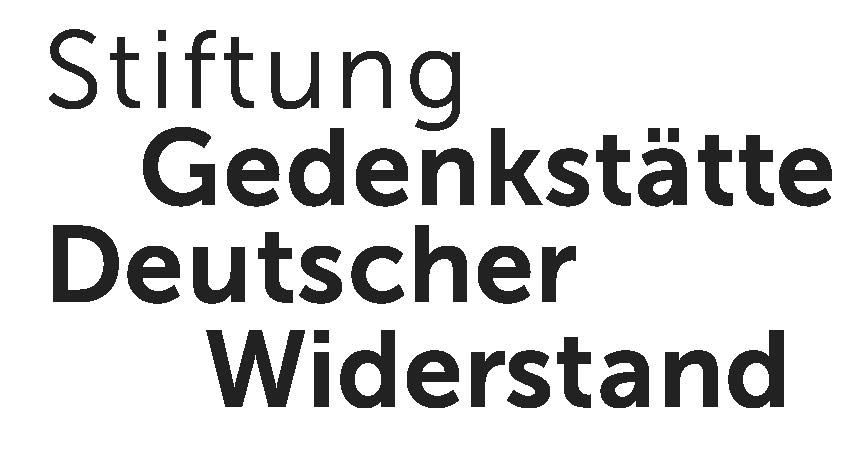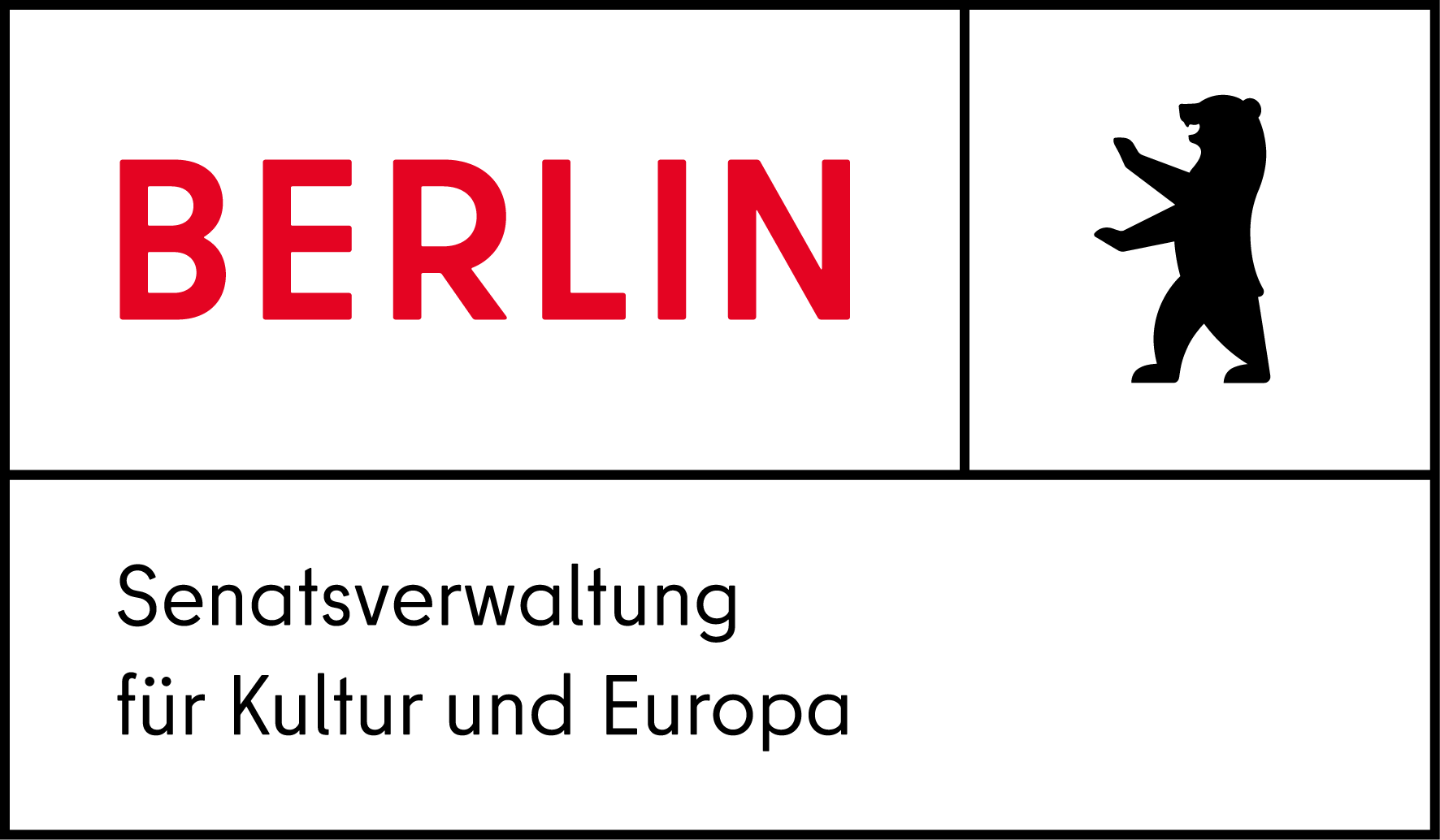
How Does Vietnam's Accession To The World Trade Organization Change The Spatial Incidence of Poverty? / Fujii, Tomoki
Trade policies can promote aggregate efficiency, but the ensuing structural adjustments generally create both winners and losers. From an incomes perspective, trade liberalization can raise gross domestic product per capita, but rates of emergence from poverty depend on individual household characte...
Guardado en:
| Autores principales: | Fujii, Tomoki |
|---|---|
| Otros Autores: | Roland-Holst, David W., 1950- |
| Formato: | Online-Resource |
| Lenguaje: | English |
| Publicado: | Washington, D.C : The World Bank, 2008 |
| Materias: | |
| Acceso en línea: | URL des Erstveröffentlichers |
| Sumario: | Trade policies can promote aggregate efficiency, but the ensuing structural adjustments generally create both winners and losers. From an incomes perspective, trade liberalization can raise gross domestic product per capita, but rates of emergence from poverty depend on individual household characteristics of economic participation and asset holding. To fully realize the growth potential of trade, while limiting the risk of rising inequality, policies need to better account for microeconomic heterogeneity. One approach to this is geographic targeting that shifts resources to poor areas. This study combines an integrated microsimulation-computable general equilibrium model with small area estimation to evaluate the spatial incidence of Vietnam's accession to the World Trade Organization. Provincial-level poverty reduction after full liberalization was heterogeneous, ranging from 2.2 percent to 14.3 percent. Full liberalization will benefit the poor on a national basis, but the northwestern area of Vietnam is likely to lag behind. Furthermore, poverty can be shown to increase under comparable scenarios |
|---|---|
| Descripción Física: | 1 Online-Ressource (35 Seiten) |

